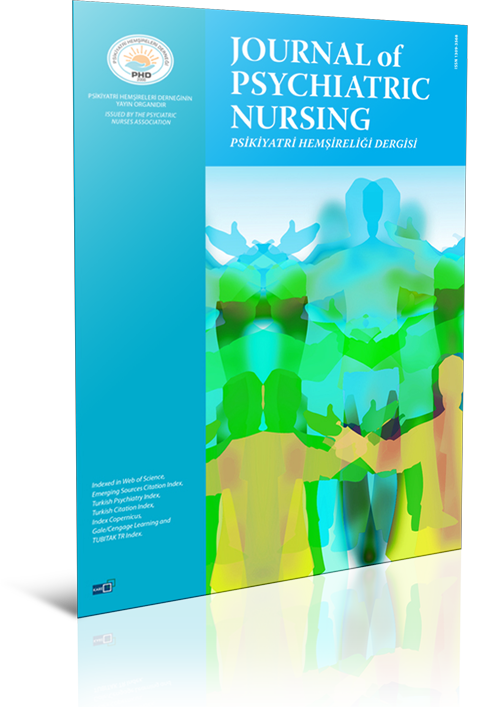
Emotional eating behavior among adolescents
Raziye Yüksel Doğan, Haktan DemircioğluDepartment of Child Development, Hacettepe University Faculty of Health Sciences, Ankara, TürkiyeINTRODUCTION: The aim of this study was to explore emotional eating behaviors in individuals transitioning from child-hood to adolescence and uncover the factors that differentiate emotional eating behaviors among early adolescents.
METHODS: This is a cross-sectional survey study that investigated early adolescents' emotional eating behavior based on their demographic characteristics, family and peer relationships, and emotional awareness. The sample was com-posed of 758 students aged 1114 years, including 373 girls and 385 boys, attending a state secondary school in the Kecioren district of Ankara. The data were collected using a demographic information form and the Emotional Eating Scale for Children and Adolescents (EES-C).
RESULTS: The findings revealed that emotional eating in early adolescents was associated with demographic characteristics (birth order, maternal education, and family income level), family relationships (care/affection from family, opinions in family decisions, solving problems by communicating to family members, the importance of feelings in the family, frequency of conflict with mother), emotional awareness (difficulty in recognizing and expressing feelings and frequency of eating to feel better), and peer relationships (frequency of being teased by friends).
DISCUSSION AND CONCLUSION: Overall, in light of the findings, it may be recommended to adopt a holistic perspective in identifying and evaluating protective factors to prevent emotional eating and risk factors leading to emotional eating among early adolescents.
Manuscript Language: English


















